Read time: 6 minutes
Carbohydrates are a vital macronutrient in sports nutrition, serving as the primary source of energy for athletes and active individuals.
Proper carbohydrate intake before, during, and after exercise helps replenish glycogen stores and supports overall athletic performance, making them a cornerstone of sports nutrition strategies for athletes aiming to optimize their endurance, strength, and recovery.
Carbohydrates, often dubbed the “enemy” in fad diets, are actually a vital macronutrient and a crucial source of energy for our bodies. However, not all carbs are created equal. There’s a fundamental distinction between “good” and “bad” carbohydrates. Understanding this difference is key to making dietary choices that support health and well-being. Here are some of the nuances between good and bad carbs and how to incorporate them into your diet for a balanced and nutritious lifestyle.
What are good and bad carbs?
Good carbs are often referred to as complex carbohydrates. They are found in foods that are minimally processed and closer to their natural state. These carbohydrates are rich in essential nutrients, fiber, and are digested slowly, providing a steady release of energy. Good sources of complex carbs include whole grains like brown rice, quinoa, whole wheat pasta, and oats. Vegetables, legumes, and fruits also fall into this category, offering a plethora of vitamins, minerals, and antioxidants alongside their carb content.
Good carbs play a crucial role in maintaining overall health. They are linked to a reduced risk of chronic diseases, improved digestive health, and sustained energy levels. The fiber in complex carbs aids in digestion, helps control appetite, and maintains stable blood sugar levels. Plus, the vitamins and minerals found in these foods contribute to a well-rounded, nutritious diet.
Bad carbs, on the other hand, are typically refined and highly processed. They have been stripped of their natural fiber and nutrients, causing them to be rapidly digested and leading to spikes in blood sugar levels. This can result in energy crashes and cravings. Common sources of bad carbs include sugary beverages, candy, white bread, pastries, and most breakfast cereals. These empty-calorie options offer little nutritional value and are best consumed sparingly.
Bad carbs, when consumed in excess, can lead to various health problems. These include weight gain, increased risk of type 2 diabetes, heart disease, and metabolic issues. The rapid blood sugar spikes and crashes associated with bad carbs can leave you feeling lethargic and hungry, leading to overeating and poor dietary choices.
Are simple carbohydrates good or bad?
Simple carbohydrates, often associated with “bad” carbs due to their quick digestion and potential to spike blood sugar, can actually be considered “good” in certain contexts. While it’s true that foods high in refined sugars and syrups should be limited in a healthy diet, simple carbohydrates found in whole fruits provide essential nutrients and quick energy in a natural, unprocessed form.
These natural sugars are accompanied by fiber, vitamins, and antioxidants, which slow down the absorption of sugar, prevent energy crashes, and contribute to overall health.
So, when it comes to simple carbohydrates from whole, unprocessed sources like fruits, they can indeed be considered “good” as part of a balanced diet.
Athletes may want to consume simple carbohydrates in specific situations where rapid energy availability is essential. For example, consuming simple carbohydrates 30 minutes to an hour before exercise or competition can provide a quick source of energy. This can help athletes perform at their best, especially in high-intensity or short-duration activities. And for endurance athletes participating in activities lasting more than 60-90 minutes, consuming simple carbohydrates during exercise can help maintain energy levels and delay fatigue. Energy gels, sports drinks, or easily digestible snacks with simple sugars are often used for this purpose.
It’s important to note that while simple carbohydrates can be useful in these situations, they should be chosen wisely. Natural sources like fruits and honey are preferable to highly processed sugary snacks and beverages. The amount of simple carbohydrates needed will vary depending on an athlete’s individual energy requirements and their sport or activity. Consulting with a sports nutritionist can help athletes create a personalized nutrition plan to optimize their carbohydrate intake for performance and recovery.
How can I make the right food choices?
Now that we’ve dissected the difference between good and bad carbs, here are some tips for incorporating the right carbohydrates into your diet:
1. Read food labels.
Reading food labels is a valuable skill when it comes to discerning between good and bad carbohydrates. To spot good carbs, look for products with a higher fiber content and whole grains listed as the first ingredient. Favor items that contain minimal added sugars and syrups.
On the flip side, to identify bad carbs, watch out for high sugar content and ingredients like high fructose corn syrup or refined grains, such as white flour, listed prominently. Be aware that terms like “enriched” or “fortified” on labels often indicate that essential nutrients have been removed during processing and then added back artificially. By scrutinizing food labels, you can make informed choices that prioritize complex, nutritious carbohydrates while minimizing your intake of empty-calorie, sugary foods, ultimately contributing to a healthier and more balanced diet.
2. Balance is key.
Achieving a balanced approach to consuming good and bad carbohydrates is the key to maintaining a healthy diet. While good carbs, such as whole grains, fruits, and vegetables, provide essential nutrients, fiber, and sustained energy, it’s unrealistic and unnecessary to completely eliminate bad carbs, like sugary treats or refined products, from our diets. Instead, moderation is the guiding principle.
Embrace the majority of your carbohydrate intake from good sources, ensuring they form the foundation of your meals. Occasionally indulging in bad carbs can be part of a well-rounded diet, as long as it’s in controlled portions and doesn’t overshadow your intake of nutritious foods. The goal is to make conscious choices that prioritize the nourishing qualities of good carbs while savoring occasional treats in a balanced and mindful manner. This approach not only supports your health but also makes it easier to maintain dietary choices in the long term.
3. Cook from scratch.
Cooking from scratch is a powerful strategy to sidestep the pitfalls of bad carbs in your diet. When you prepare meals at home, you have control over the ingredients, allowing you to choose whole, unprocessed options over the highly refined and sugary alternatives often found in pre-packaged and fast-food meals.
By using whole grains like brown rice or whole wheat pasta, fresh vegetables, lean proteins, and natural sweeteners, you can create delicious and nutritious dishes that are free from the excess sugars, unhealthy fats, and empty calories commonly associated with bad carbs. Cooking from scratch not only empowers you to make healthier choices but also allows you to experiment with flavors and ingredients, making the journey toward a balanced and wholesome diet a fulfilling and enjoyable one.
4. Choose based on your goals.
Choosing wisely when it comes to consuming carbs is essential for maintaining overall health and optimizing athletic performance. The foods that you choose are important, but so is the timing of when you opt for good or bad carbs. Choosing good carbs prior to a performance is important so this is when you’ll opt for foods like whole grains, fruits, and vegetables, as they provide essential nutrients, fiber, and sustained energy.
And while you want to limit your intake of bad carbs, there is a good time to indulge in the. That’s when you don’t have an event coming up and don’t need to be at the top of your game. This is because bad carbs don’t offer very much nutritional value, may cause fatigue and may cause inflammation in the body.
You can also choose carbs based on your body composition goals. If you’re goal is to drop is to body fat, consuming foods such as sugary snacks and processed foods, may derail you. But, if your goals is to maintain your current body composition or to add muscle mass, you may be able to fit these “bad” foods into your daily calorie goals.
In summary...
Carbohydrates are not the dietary villains they are often portrayed to be. The key lies in distinguishing between good and bad carbs and making conscious choices that support your health and well-being. By prioritizing complex carbohydrates, you can maintain steady energy levels, promote overall health, and enjoy a balanced diet that includes all the essential nutrients your body needs. So, embrace the good carbs and savor them in a variety of delicious and nutritious ways!
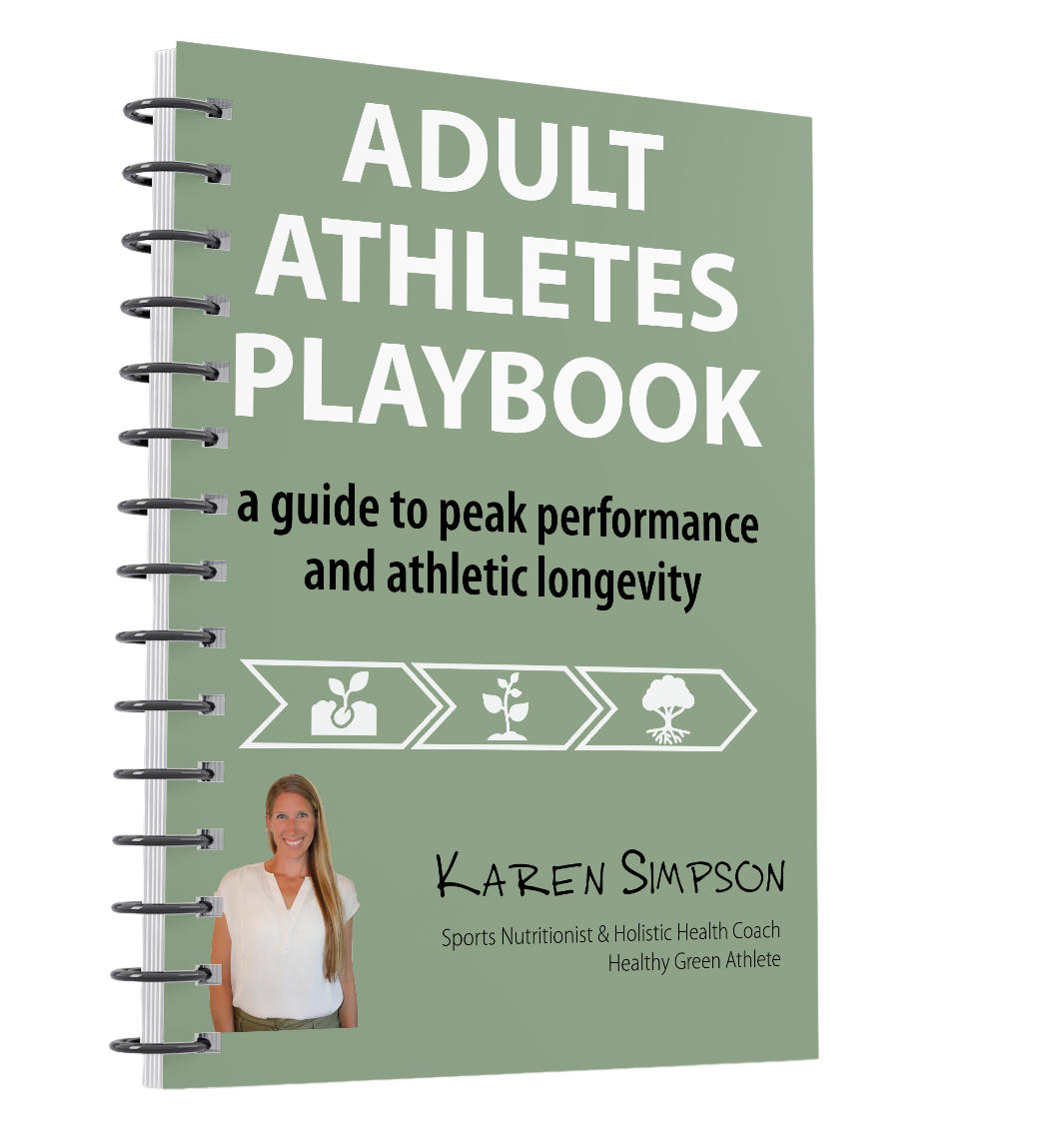
Adult Athletes Playbook
A Guide to Peak Performance and Athletic Longevity
This playbook will help you develop and implement a personalized game plan for improving athletic performance.

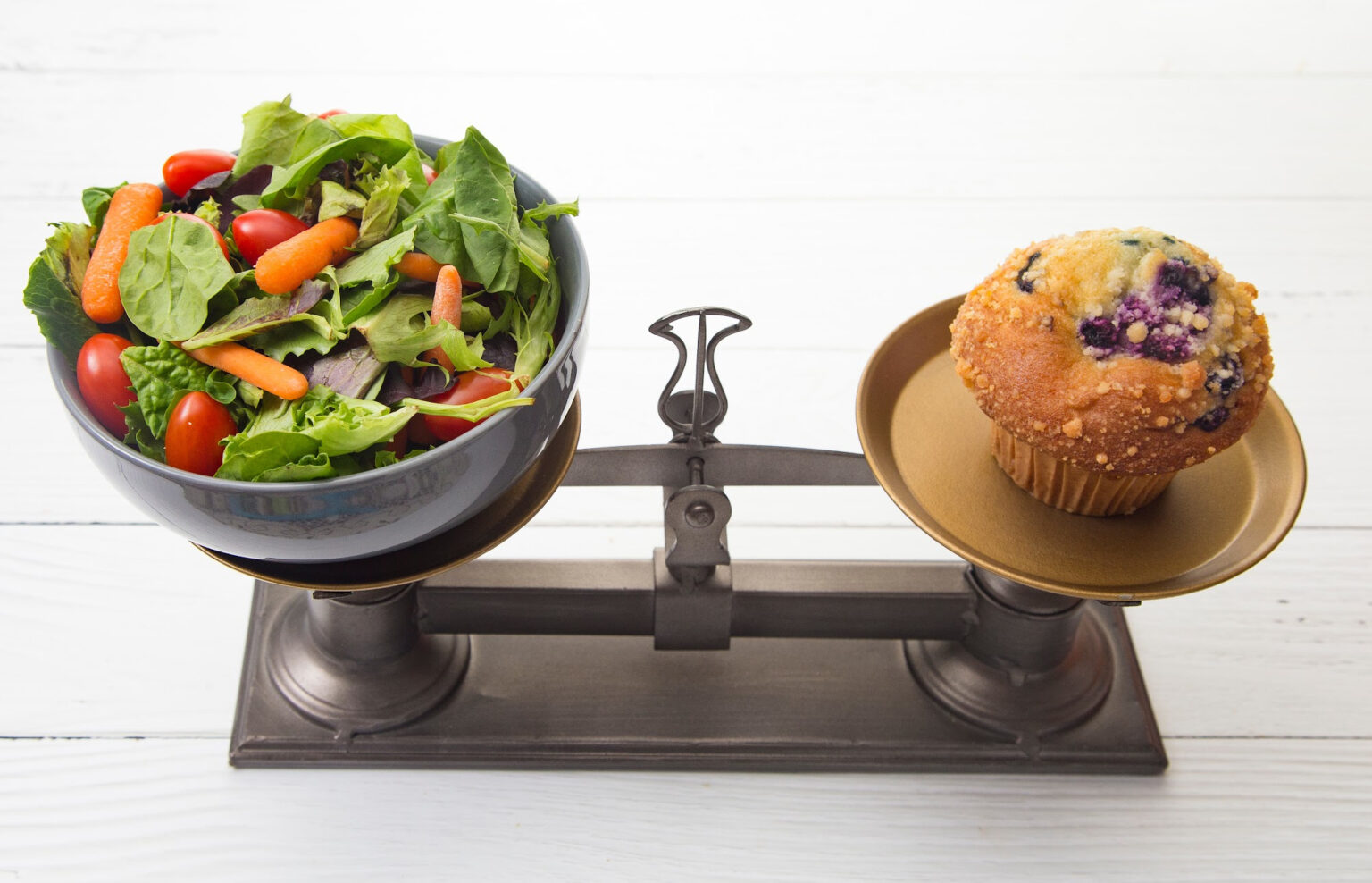




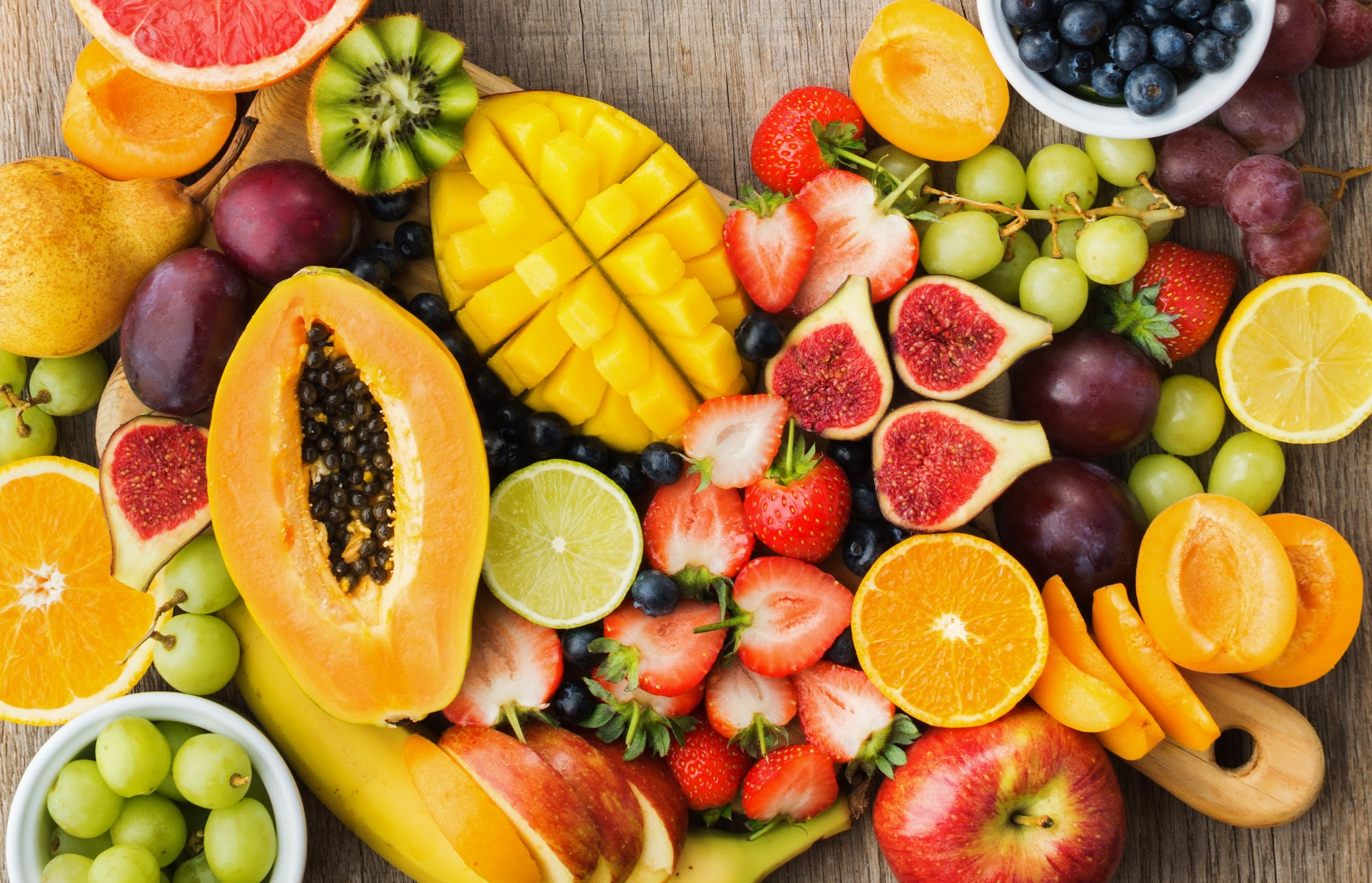

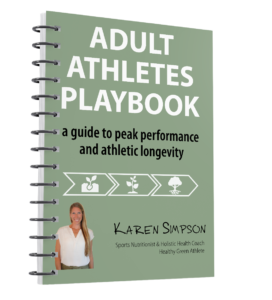

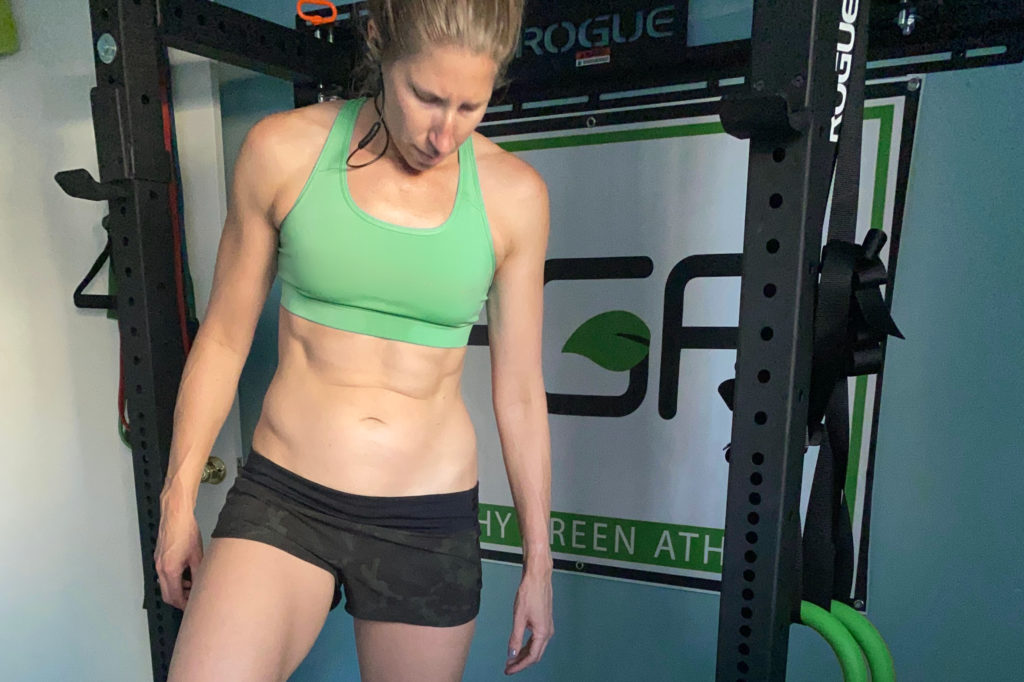

One Comment
Pingback: